All too often our encounters with the Brontë stories are tragic ones, especially if we follow them week by week, as we do on this blog. Just last week we marked the tragic early death of Emily Brontë. It was anything but festive, but today we mark a much more joyous occasion as we celebrate the wedding of Patrick Brontë and Maria Branwell.
It was on this day in 1812 that Patrick and Maria became Mr and Mrs Brontë – marking the beginning of the Brontë story as we know it, the birth of the House of Brontë. Their married life produced six children, and it was a love match – which wasn’t always the case in the early nineteenth century.
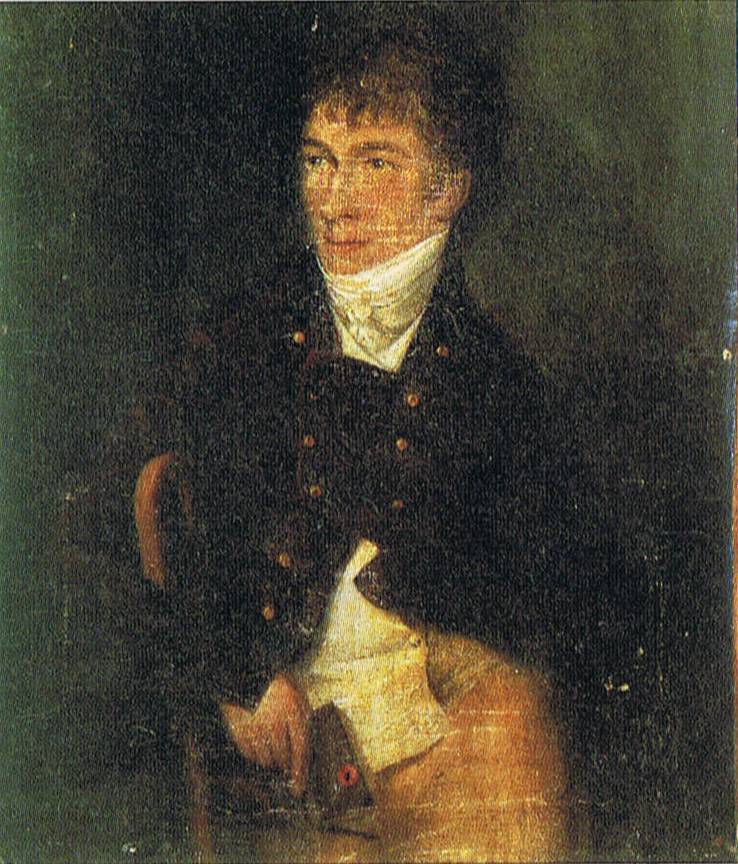
We can still visit the location of their wedding – St. Oswald’s church is in Guiseley, between Leeds and Bradford and three miles north of Woodhouse Grove school where Patrick and Maria first met, probably, in the summer of 1812. I say probably because there is a possibility they had met before, and I will explore that in another blog post. You can see this grand old church at the head of this post.
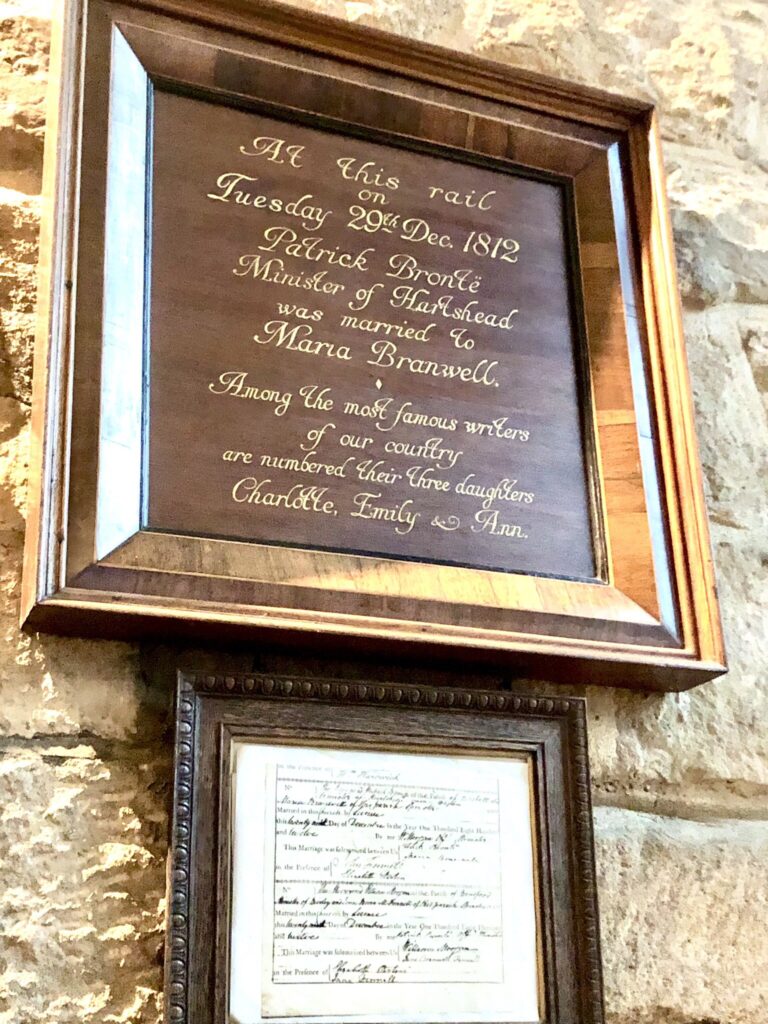
It was a doubly joyful occasion within St. Oswald’s as it was a double wedding – alongside Patrick and Maria, William Morgan (Patrick’s best friend) married Jane Fennell (Maria’s cousin). John Fennell, Patrick’s employer at the school where he was a Classics examiner, gave away the two brides – Jane and Maria were his daughter and niece.
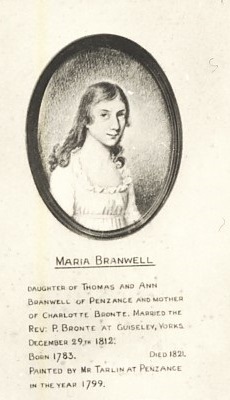
To add to the unique nature of this event, 400 miles to the south, in Penzance, Cornwall, Charlotte Branwell, sister to Maria and cousin to Jane Fennell, was marrying yet another cousin, Joseph Branwell. On Christmas Day 1884, this Charlotte’s daughter, another Charlotte Branwell, gave this fulsome description to a local newspaper:
‘It was arranged that the two marriages [Patrick and Maria and William and Jane] should be solemnized on the same day as that of Miss Charlotte Branwell’s mother, fixed for 29th December in far off Penzance. And so, whilst the youngest sister of Mrs. Brontë was being married to her cousin, the late Mr Joseph Branwell, the double marriage, as already noted was taking place in Yorkshire. Miss Charlotte Branwell also adds that at Guiseley not only did the Rev. Mr Brontë and the Rev. Mr Morgan perform the marriage ceremony for one another, but the brides acted as bridesmaids for each other. Mr Fennell, who was a clergyman of the Church of England, would have united the young people, but he had to give both brides away. Miss Branwell notes these facts to prove that the arrangement for the three marriages on the same day was no caprice or eccentricity on the part of Mr Brontë, but was made entirely by the brides. She has many a time heard her mother speak of the circumstances. “It is but seldom,” continues Miss Branwell, “that two sisters and four cousins are united in holy matrimony on the same day. Those who were united on that day bore that relationship to each other. Mrs. Brontë (formerly Maria Branwell) and my mother, Charlotte Branwell, were sisters; my father was their cousin; and Jane Fennel was a cousin to them all, her father, the Rev. J. Fennell, having married a Miss Branwell of a former generation.
If the account I have given you is likely to be of any interest you are quite at liberty to use it as you think proper. I really think a deal of eccentricity has been ascribed to Mr Brontë which he never possessed, and from his letters to my dear mother, of which there are some still in existence, I should say he was a very worthy man, but one who had to pass through some great trials in the early death of a truly amiable wife and of a very gifted family.”’
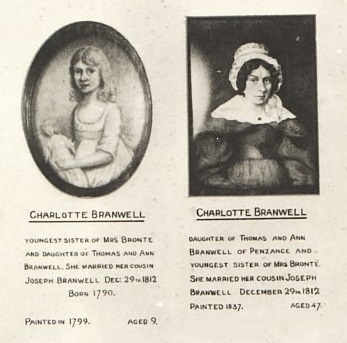
Patrick and Maria, William and Jane, Joseph and Charlotte all ended the year on a high, and in my own way I am too. I’ve loved sharing lots of Brontë blog posts with you throughout the year, and I’m enjoying making videos for my new YouTube channel The House Of Brontë.
Today’s post is very appropriate for me too, as I look forward to my own wedding next year. 2025 promises to be a wonderful year for me, so thank you for all your support as always. I hope to see you here on Thursday for a special New Year’s Day Brontë blog post.
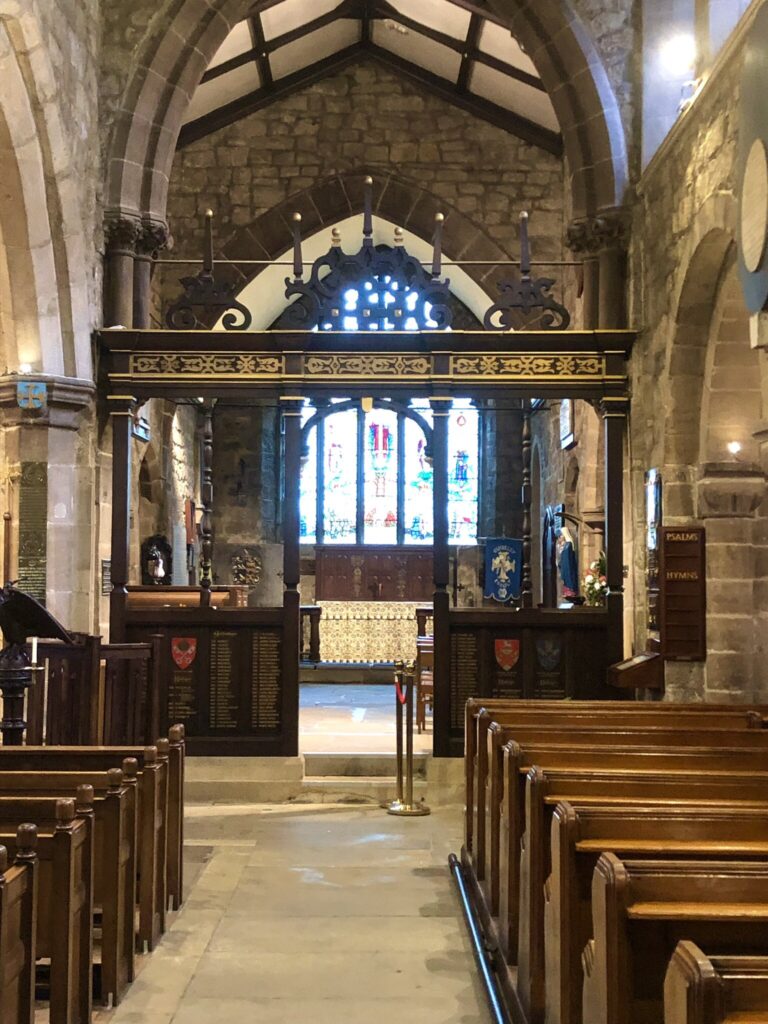
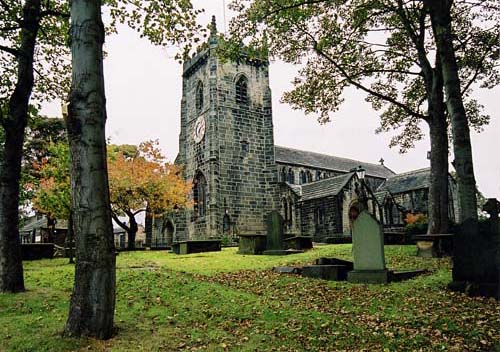
The letter from Charlotte is so interesting and no doubt Patrick later took great pleasure in recounting the marriages story to his children. I wonder if Patrick and Maria had met earlier than supposed? And if not, I wonder whether her family thought the marriage too hasty?
It would be interesting to know more. Such a shame that Anne’s name has been spelt as ‘Ann’ on the plaque and hasn’t been altered.
Thank you. I don’t comment often but enjoy your site.
Thank you very much, it’s really appreciated.